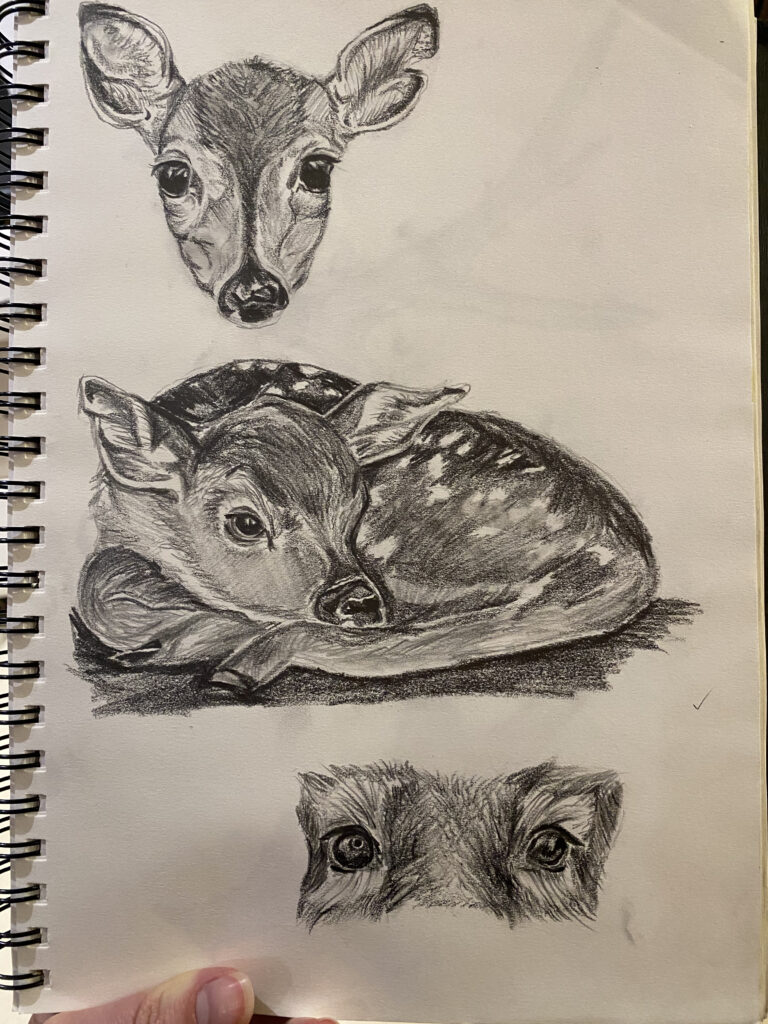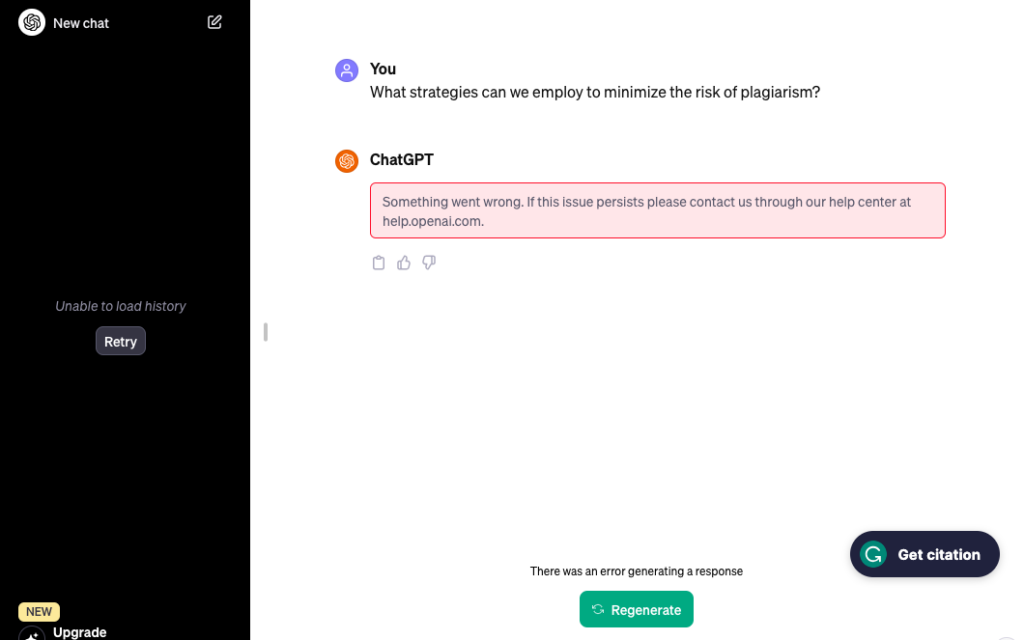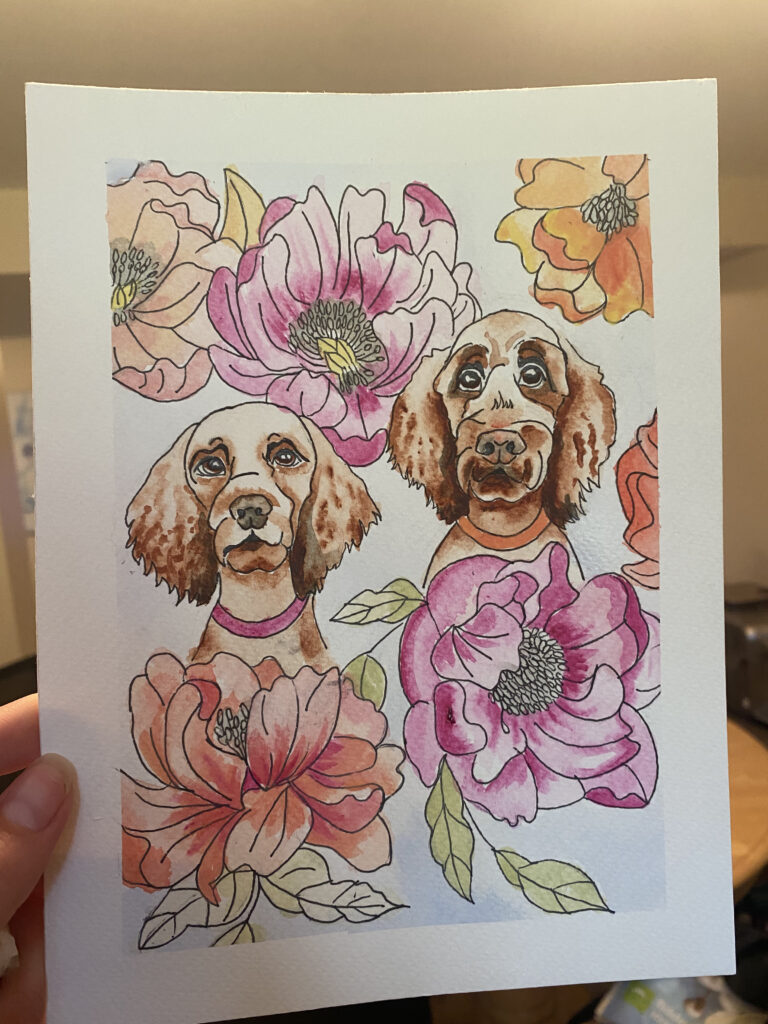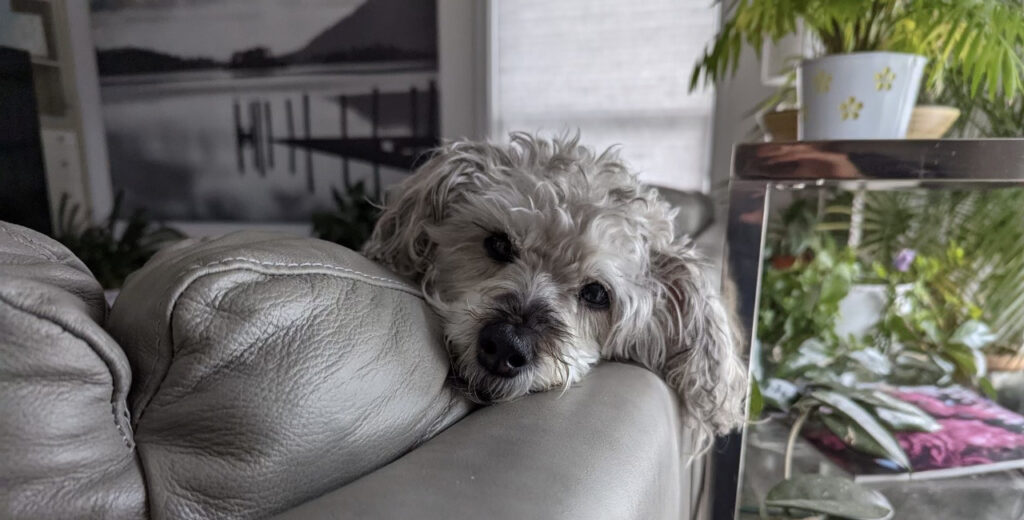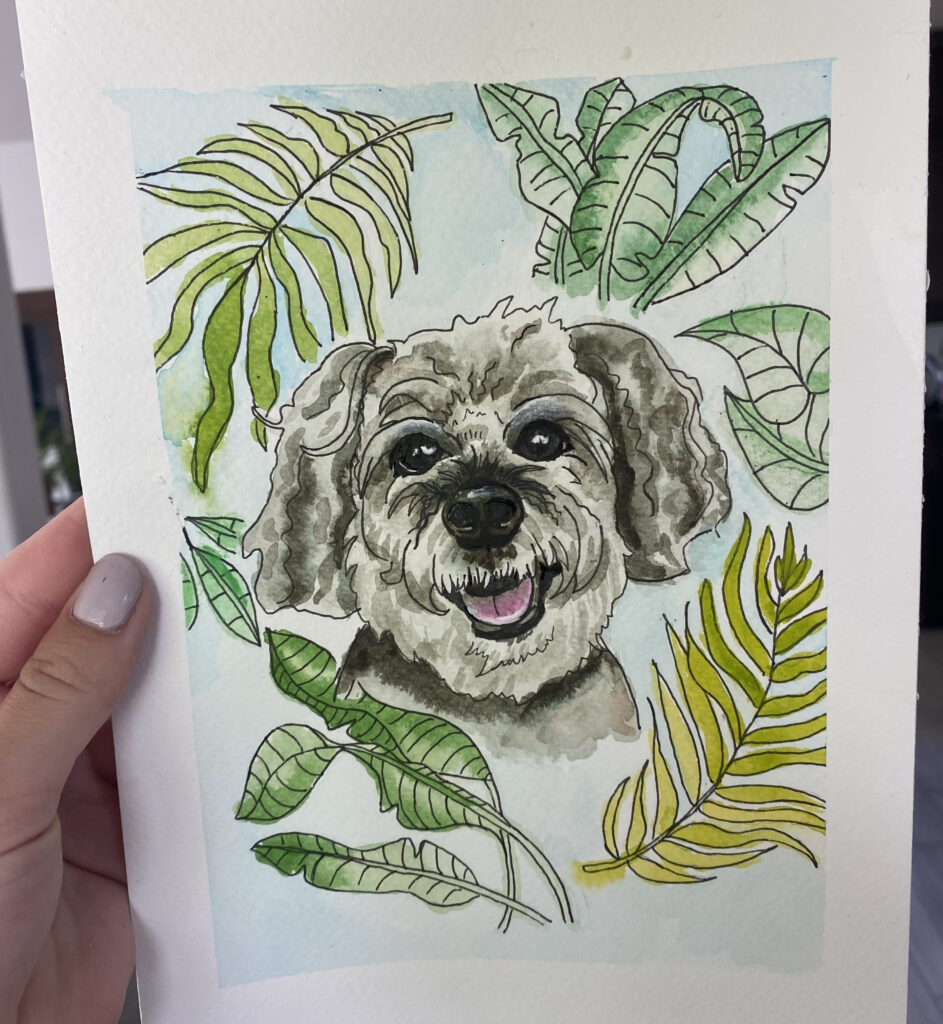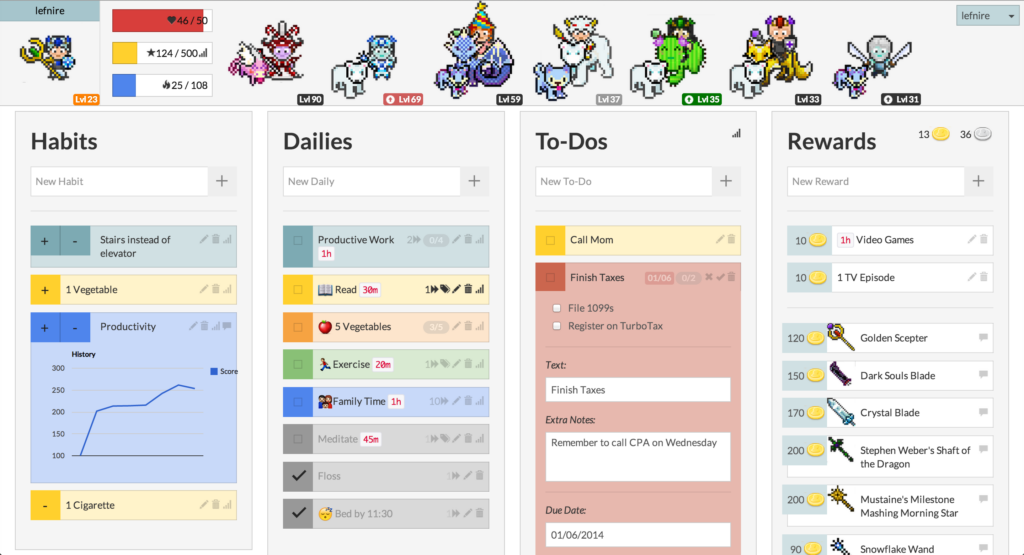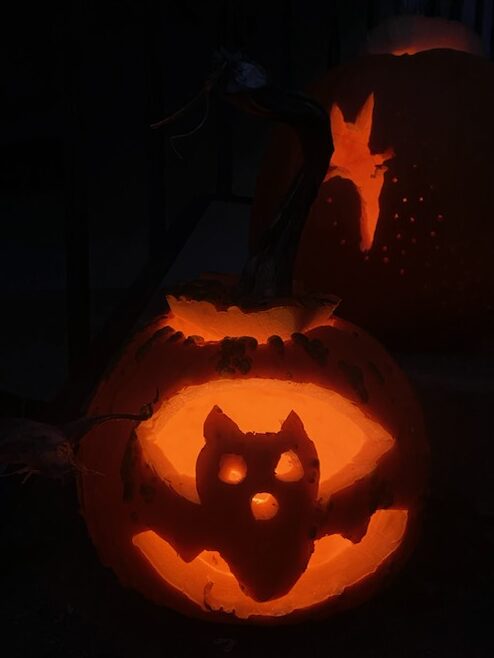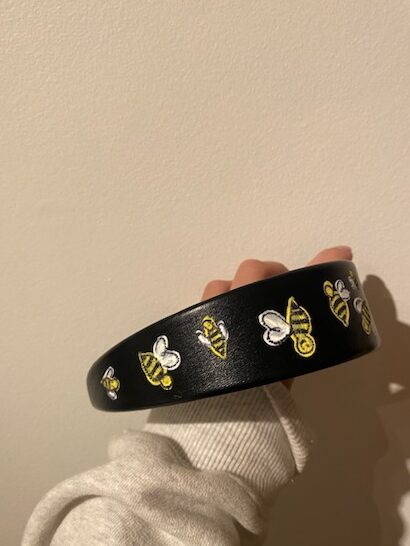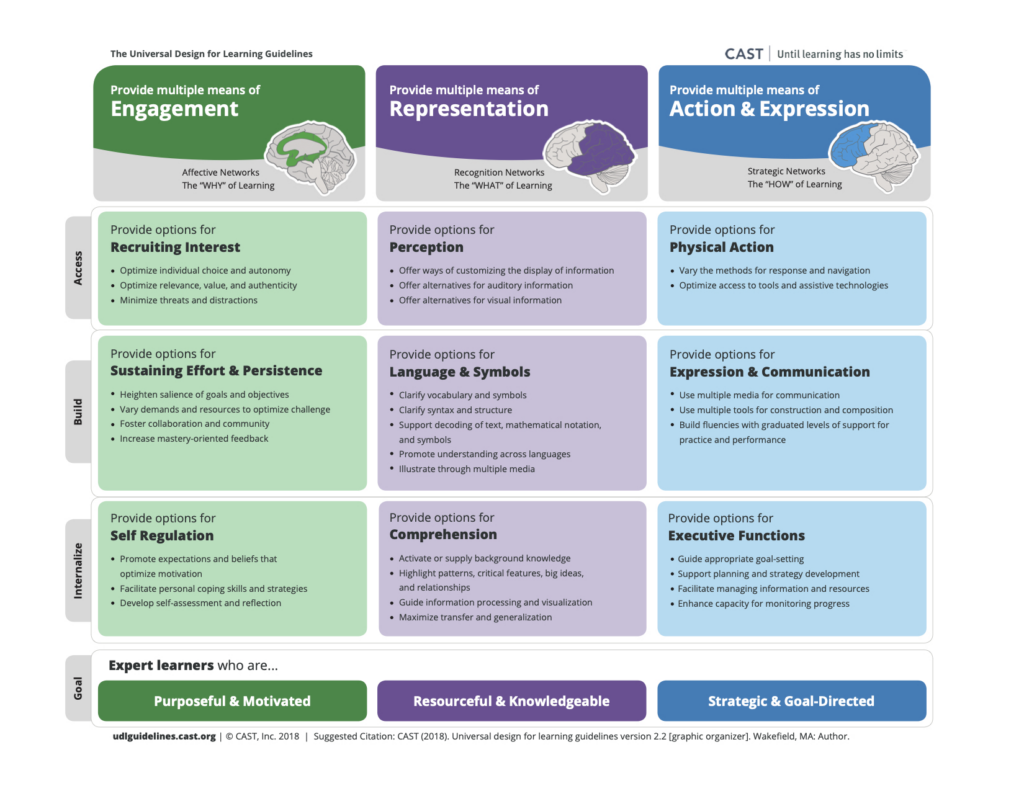The technology resource our group presented on was JustSketchMe. Our inquiry question was how can we combine PHE, art and Biology to analyze movement through space. We were able to use JustSketchMe in multidisciplinary contexts. This meant analyzing body forms for PHE, using the movable bodies to draw for art, and using the bodies to talk about anatomy for biology. Using these, there are so many ways to bring JustSketchMe into education!

Some of the pros of JustSketchMe are its free accessibility to educators and use for ELLs to analyze movement experientially. A con is that teachers may not be able to control what students do with the resource and that it works best on touch screens compared to laptops or desktops.

Some strategies would be to use this in a PE class and ask students to create a yoga pose. They will have to think about each individual movement that goes into doing a simple yoga pose. A best practice would be to make sure that expectations on how to use the application are made clear before students start using it. A tip would be to try and use tablets for the best purposes of the application. Another tip would be to reach out to JustSketchMe to get the full version as teachers get it for free.
Watch below to learn about JustSketchMe through our presentation.
The embedded video would not rotate, so the slides may be difficult to see. You can use the audio and follow along on our slides. Our slides for our presentation are available here.
Personal Reflection
My contribution for this inquiry was mostly helping come up with our concept to teach and creating slides for our presentation. My group members did an awesome job splitting up the responsibilities. I had a great time working with my group. We all brought something different to the table and I haven’t gotten a chance to work with these partners before. Something I learned is that the characters in JustSketchMe can move in ways that aren’t anatomically correct. This would be important to mention to a class. I gained lots of insights about how the same tool could be used across subject areas. I learned a lot from everyone’s Ed Tech Presentations!

